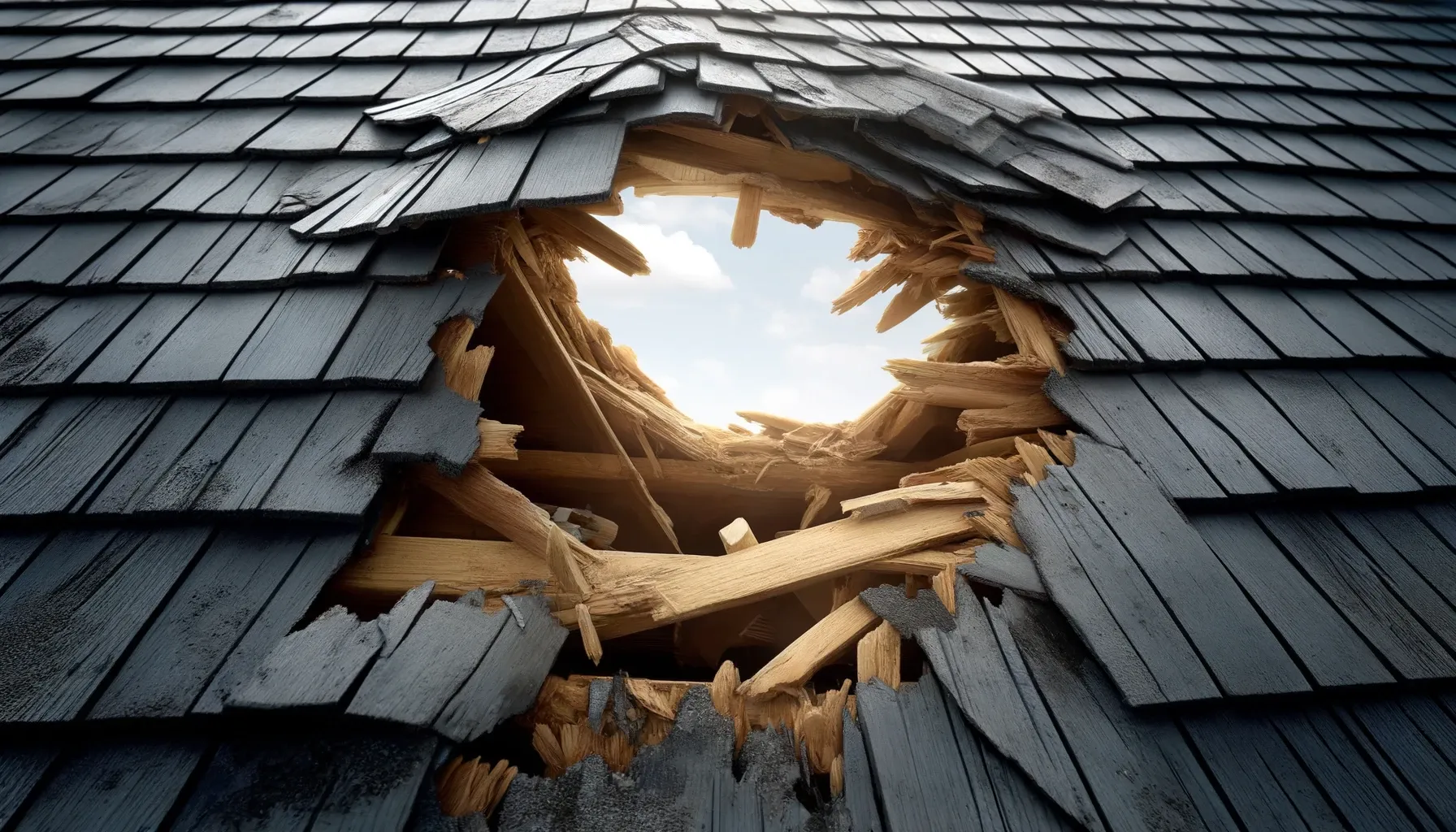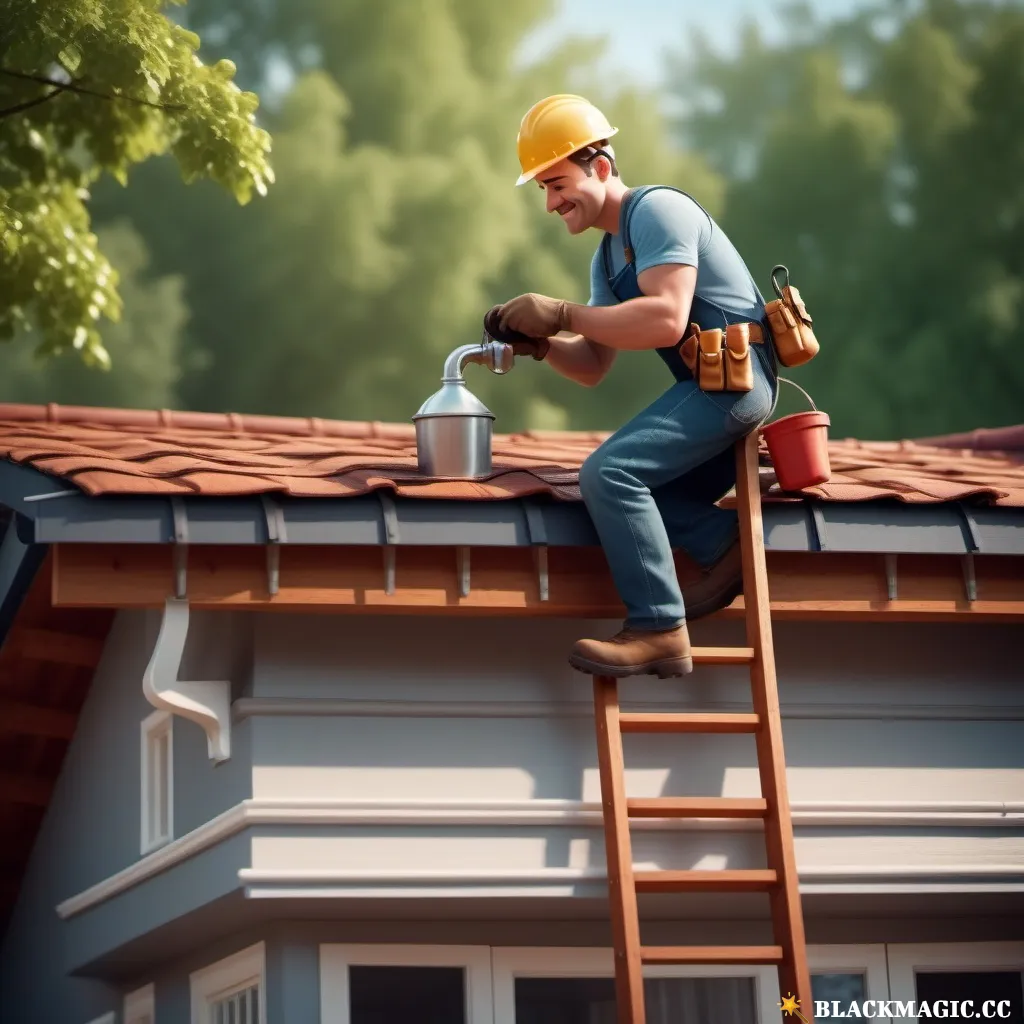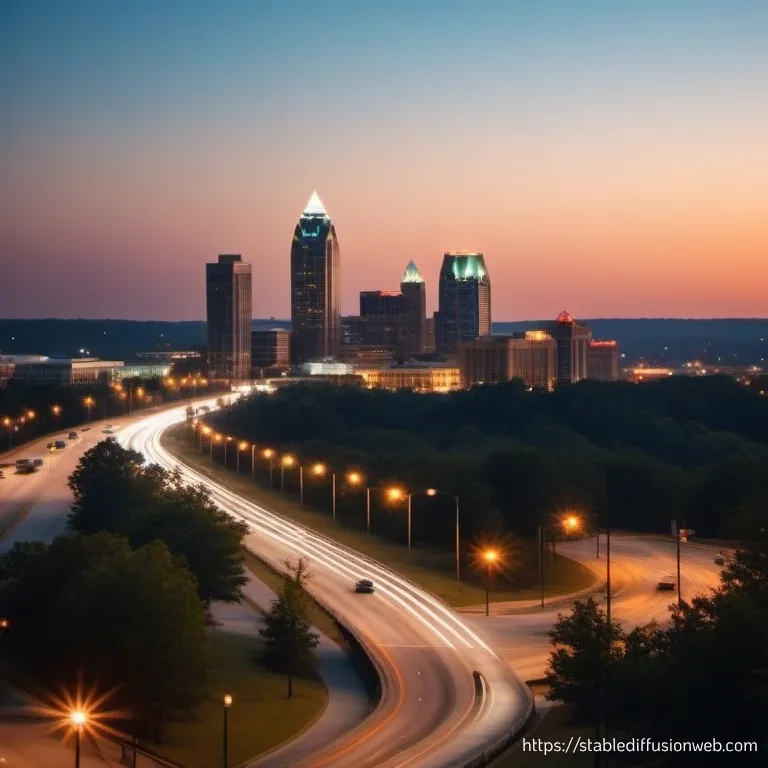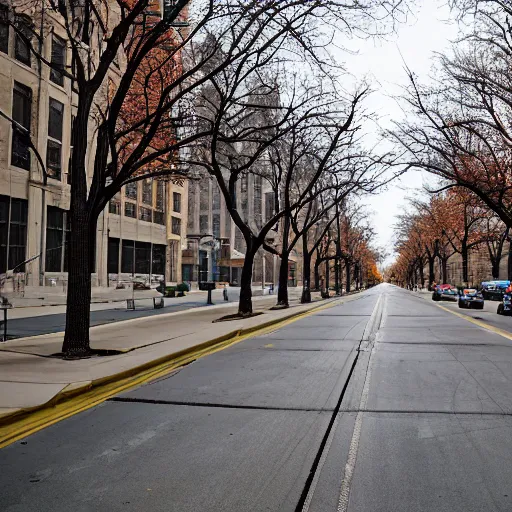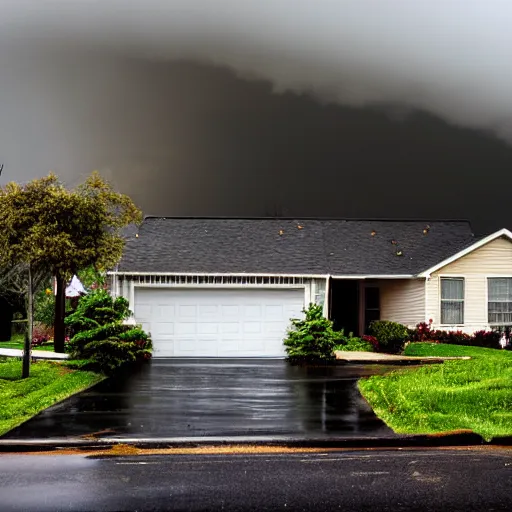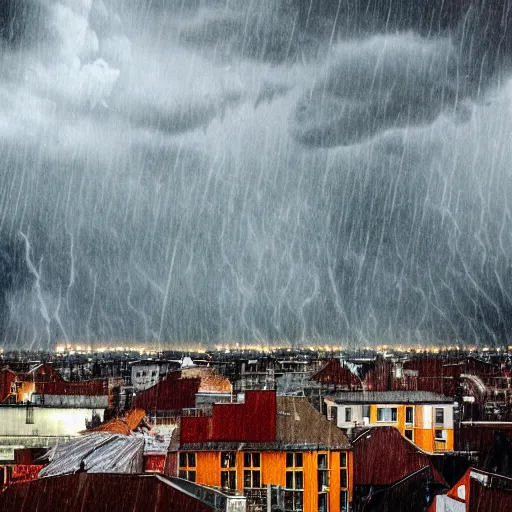How Long Can You Expect Your Roof to Last?
So, you're a homeowner, and one thing that's been on your mind lately is the lifespan of your roof. It's a fair concern, considering the significant investment it took to have one installed.
How long can you expect it to hold up before needing repairs or a replacement?
Well, my friend, in this article, we'll explore the average lifespan of different types of roofs and the factors that can affect their durability.
From asphalt shingles to metal roofs, we'll cover it all, giving you a clear idea of what to expect when it comes to the longevity of your roof.
Factors Affecting Roof Lifespan
When it comes to the lifespan of a roof, there are several factors that come into play. These factors can determine whether your roof will last for a couple of decades or just a few years. Understanding these factors is crucial in order to make informed decisions about your roof and ensure its longevity.
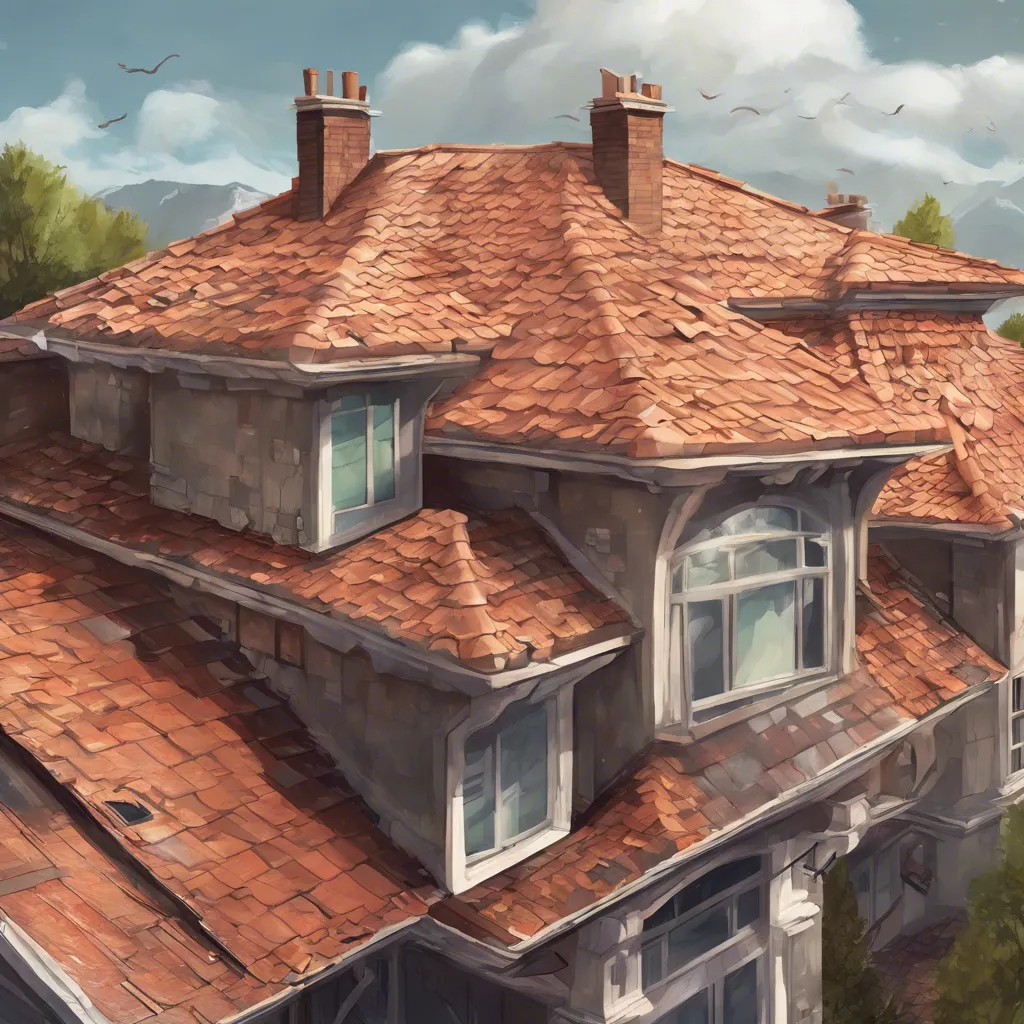
Climate and Weather Conditions
One of the most significant factors affecting the lifespan of a roof is the climate and weather conditions it is exposed to.
Different climates pose different challenges to roofs. For example, constant exposure to high levels of moisture can lead to premature deterioration of roofing materials. Similarly, extreme temperatures, such as intense heat or freezing cold, can cause expansion and contraction, which can weaken the structure of the roof over time.
Roofing Material
The type of roofing material you choose for your roof plays a crucial role in determining its lifespan. Different materials have different levels of durability and resistance to the elements.
Some common roofing materials include asphalt shingles, metal roofs, wood shakes and shingles, slate, tile, single-ply membrane, and built-up roofing (BUR). Each material has its own advantages and disadvantages in terms of lifespan and maintenance requirements.
Installation Quality
Even if you choose the most durable roofing material available, if the installation is not done properly, the lifespan of your roof will be significantly reduced. A poor installation can lead to various issues, such as improper flashing, inadequate ventilation, and inefficient sealing.
These issues can compromise the overall integrity of the roof and make it more susceptible to damage and deterioration.
Maintenance and Care
Regular maintenance and care are essential for extending the lifespan of your roof. This includes tasks such as cleaning gutters, removing debris, trimming overhanging branches, and preventing moss and algae growth.
Neglecting these maintenance tasks can result in clogged gutters, water pooling, and structural damage, which can significantly shorten the lifespan of your roof.
Ventilation
Proper ventilation is crucial for the longevity of your roof. Ventilation allows for the proper circulation of air, which helps regulate temperature and reduce moisture buildup in the attic.
Without proper ventilation, heat and moisture can get trapped in the attic and lead to damage to the roofing materials, such as rotting and warping. This can greatly reduce the lifespan of your roof.
Roof Slope
The slope or pitch of your roof can also affect its lifespan. A roof with a steep slope allows water, snow, and debris to slide off more easily, reducing the risk of water damage and structural issues. On the other hand, a roof with a low slope or flat roof may have a higher risk of water pooling, which can lead to leaks and accelerated deterioration.
Exposure to External Elements
The level of exposure to external elements, such as sunlight, pollution, and airborne debris, can also affect the lifespan of your roof.
For example, constant exposure to harsh sunlight can cause shingles to deteriorate and lose their protective qualities. Similarly, roofs located in areas with high levels of air pollution may accumulate dirt and debris more quickly, leading to a shorter lifespan.
Common Roofing Materials and Their Lifespan
The choice of roofing material is an important decision that can greatly impact the lifespan of your roof. Here are some of the most common roofing materials and their typical lifespan:
Asphalt Shingles
Asphalt shingles are the most popular roofing material for residential properties due to their affordability and versatility. They typically last between 15 to 30 years, depending on the quality of the shingles and the level of maintenance.
Metal Roofs
Metal roofs are known for their durability and longevity. They can last anywhere between 40 to 70 years, depending on the type of metal used and the quality of installation.
Wood Shakes and Shingles
Wood shakes and shingles offer a traditional and natural look to a roof. However, they require more maintenance and have a shorter lifespan of around 20 to 30 years.
Slate
Slate roofing is known for its beauty and exceptional durability. A well-maintained slate roof can last over a century.
Tile
Tile roofs are commonly found in warmer climates and are known for their longevity. Depending on the type of tile, they can last between 50 to 100 years.
Single-Ply Membrane
Single-ply membrane roofing, such as EPDM or TPO, is commonly used in commercial applications. With proper maintenance, these roofs can last between 20 to 30 years.
Built-Up Roofing (BUR)
Built-up roofing, also known as tar and gravel roofing, is commonly used in commercial applications. It typically has a lifespan of around 20 to 30 years.
Residential vs Commercial Roofs
Residential and commercial roofs have some fundamental differences that can affect their lifespan. Understanding these differences can help you make more informed decisions about the maintenance and care of your roof.
Residential Roofs
Residential roofs are typically smaller in size and have a lower slope compared to commercial roofs. They are more commonly made of asphalt shingles or wood shakes and shingles.
Residential roofs also tend to have less foot traffic compared to commercial roofs, leading to less wear and tear. However, they are still exposed to similar weather conditions and require regular maintenance to ensure their longevity.
Commercial Roofs
Commercial roofs are usually larger in size and have a higher slope compared to residential roofs. They are often flat or low-slope roofs and are more likely to be made with materials like single-ply membrane or built-up roofing.
Commercial roofs also tend to have more equipment and HVAC systems installed on them, which can require additional maintenance and care. Regular inspections and maintenance by professionals are critical for commercial roofs to ensure their lifespan and prevent any major issues.
Signs of a Roof nearing the End of its Lifespan
As a responsible homeowner or building owner, it's essential to keep an eye out for signs that your roof may be nearing the end of its lifespan. Catching these signs early can help you plan for repairs or replacements before significant damage occurs. Here are some common signs to look out for:
Leaks and Water Damage
One of the most obvious signs of a deteriorating roof is the presence of leaks or water damage. If you notice water stains on your ceiling, or if you see water dripping during rainfall, it's a clear indication that your roof may have reached its limit.
Curling or Buckling Shingles
Shingles that are curling, buckling, or cupping are not only unsightly but also indicate that your roof is aging and losing its protective qualities. This can leave your roof vulnerable to leaks and further damage.
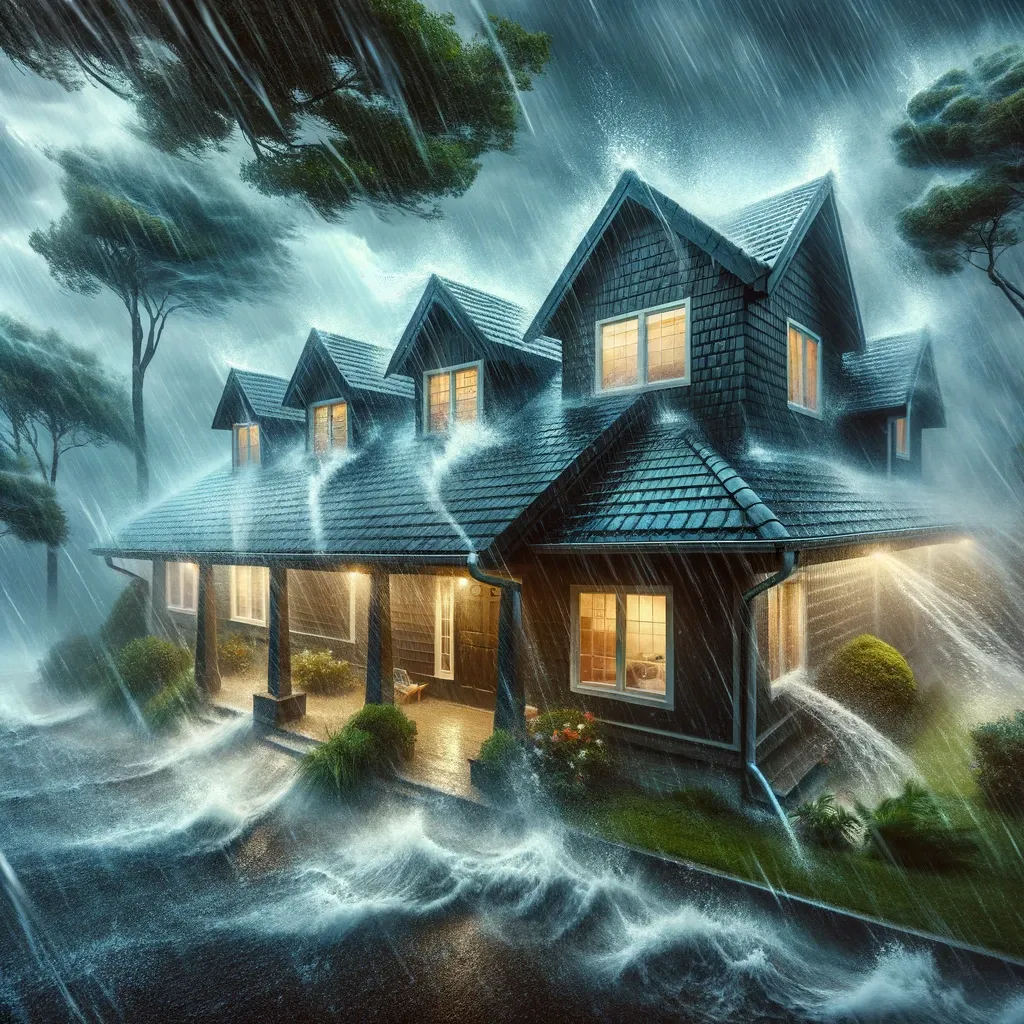
Missing or Damaged Shingles
If you notice missing or damaged shingles on your roof, it's a sign that the integrity of your roof may be compromised. Whether it's due to storm damage or regular wear and tear, missing or damaged shingles should be addressed promptly.
Excessive Granule Loss
Asphalt shingles have a protective layer of granules that can become loose over time. If you notice an excessive amount of granules in your gutters or downspouts, it's a sign that your shingles are deteriorating and may need to be replaced.
Moss or Algae Growth
The presence of moss or algae on your roof can be an indication of moisture buildup and poor drainage. While moss or algae growth alone may not necessarily mean your roof needs immediate replacement, it's a sign that you should take steps to improve ventilation and prevent further growth.
Sagging or Warping
A sagging or warped roof is a clear indication of structural damage and should not be ignored. It can be due to various factors, such as water damage, rotting, or inadequate support. Regardless of the cause, a sagging or warped roof requires immediate attention to prevent further damage and potential safety hazards.
Visible Sunlight in the Attic
If you can see sunlight coming through the roof boards in your attic, it's a sign of significant damage or deterioration. This indicates that your roof is no longer providing proper protection and needs immediate attention.
Increasing Energy Bills
If you notice a sudden increase in your energy bills, it could be a sign that your roof is no longer providing adequate insulation. A deteriorating roof allows heat or cold to escape, putting a strain on your HVAC system and leading to higher energy consumption.
Age of the Roof
Lastly, the age of your roof is an important factor to consider. Even if you don't notice any visible signs of damage, if your roof is nearing or has exceeded its average lifespan, it's worth considering a replacement to avoid potential problems in the near future.
Maintenance Tips to Extend Roof Lifespan
Regular maintenance is key to extending the lifespan of your roof. Here are some maintenance tips to help keep your roof in optimal condition:
Regular Inspections
Perform regular visual inspections of your roof, both from the exterior and the interior. Look for any signs of damage, such as missing or damaged shingles, moss or algae growth, or water stains on the ceiling. Catching these issues early can prevent them from becoming major problems.
Cleaning Gutters
Regularly clean your gutters and downspouts to ensure proper water drainage. Clogged gutters can cause water to back up and lead to water damage on the roof, fascia, and soffit.
Removing Debris
Remove any debris, such as leaves, branches, or dirt, that accumulates on your roof. This can prevent water pooling, moisture buildup, and potential damage to the roofing materials.
Trimming Overhanging Branches
Trim any overhanging branches near your roof to prevent them from scratching or damaging the surface. Falling branches can also pose a risk to your roof during storms or high winds.
Preventing Moss and Algae Growth
Clean and treat your roof regularly to prevent moss and algae growth. Use appropriate cleaning solutions or hire professionals who specialize in roof cleaning to ensure the proper removal and prevention of these growths.
Fixing Damaged Shingles
Promptly repair or replace any damaged or missing shingles. This will help maintain the integrity of your roof and prevent further damage from occurring.
Proper Attic Insulation and Ventilation
Ensure your attic is properly insulated to regulate temperature fluctuations and prevent moisture buildup. Proper ventilation is equally important to allow for the airflow that helps keep your roof dry and free from damage.
Prompt Repairs
If you notice any signs of damage or leaks, address them promptly. Ignoring minor issues can lead to more extensive damage and costly repairs in the long run.
Roof Coating and Sealing
Consider applying a roof coating or sealant to provide an additional layer of protection against the elements. These products can help extend the lifespan of your roof and improve its resistance to UV rays, moisture, and other damaging factors.
Professional Maintenance and Cleanings
Hiring professional roofers for regular inspections, maintenance, and cleanings is highly recommended. They have the expertise and knowledge to identify potential issues and provide appropriate solutions to ensure the longevity of your roof.
When to Repair or Replace a Roof
Determining whether to repair or replace a roof depends on several factors. Here are some considerations to keep in mind:
Extent of Damage
The extent of the damage plays a crucial role in deciding whether a repair or replacement is necessary. Minor issues, such as a few missing shingles or small leaks, can often be repaired. However, significant damage, such as widespread leaks or structural issues, may require a roof replacement.
Age of the Roof
The age of your roof is an important factor to consider. If your roof is nearing or has exceeded its average lifespan, it may be more cost-effective in the long run to replace the roof rather than invest in frequent and costly repairs.
Cost of Repairs vs Replacement
Evaluate the cost of repairs versus the cost of a complete replacement. If the repair costs are expected to be substantial and continue to add up over time, it may be more cost-effective to invest in a new roof.
Safety Concerns
If your roof poses safety concerns, such as extensive sagging or structural damage, it's essential to prioritize the safety of everyone living or working under that roof. In such cases, a replacement may be necessary to ensure a structurally sound and safe roof.
Insurance Considerations
Consult with your insurance provider to understand their policies regarding roof repairs and replacements. Some insurance companies may have specific guidelines or requirements that need to be met in order to receive coverage.
Energy Efficiency
Consider the energy efficiency of your current roof. Older roofs may not have the same level of insulation or energy-saving features as newer materials. If energy efficiency is a priority for you, a replacement with a more energy-efficient roof may be necessary.
Aesthetics
If the appearance of your roof is important to you, you may consider a replacement for purely aesthetic reasons. A new roof can greatly enhance the curb appeal and overall appearance of your property.
Benefits of Investing in a Durable Roof
Investing in a durable roof offers several benefits that go beyond just protecting your property from the elements. Here are some advantages of choosing a durable roof:
Long-Term Cost Savings
While the upfront cost of a durable roof may be higher, it can result in significant long-term cost savings. A roof that lasts longer and requires fewer repairs and replacements means less money spent on maintenance and fewer disruptions to your daily life.
Increased Property Value
A durable and well-maintained roof can increase the value of your property. Potential buyers are often willing to pay more for a property with a newer or higher-quality roof, knowing that they won't have to worry about immediate roof replacements or repairs.
Enhanced Energy Efficiency
Many durable roofing materials come with built-in insulation and energy-saving features. A roof that keeps your home or building properly insulated can reduce energy consumption and lower your utility bills.
Improved Curb Appeal
Aesthetically pleasing and well-maintained roofs significantly contribute to the overall curb appeal of your property. A visually appealing roof can enhance the appearance of your home or building and leave a positive impression on visitors or potential buyers.
Understanding the various factors that affect the lifespan of a roof is crucial for making informed decisions when it comes to maintenance, repairs, or replacements. Factors such as climate, roofing material, installation quality, and maintenance play significant roles in determining the longevity of a roof.
Regular inspections, proper maintenance, and timely repairs are essential for extending the lifespan of your roof. Choosing a durable roof can offer long-term cost savings, increased property value, enhanced energy efficiency, and improved curb appeal. By investing in a well-maintained and durable roof, you can protect your property and enjoy the peace of mind that comes with a reliable and long-lasting roof.

